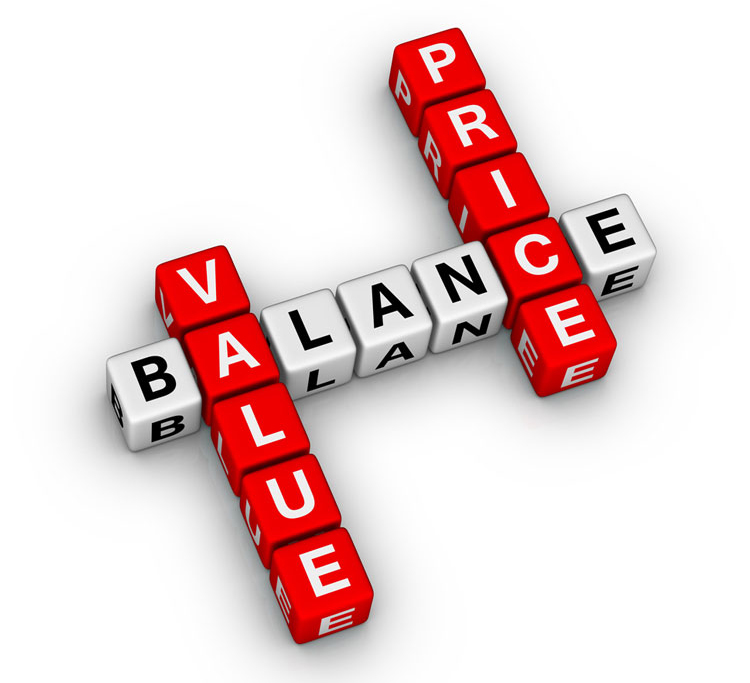Getting to the True Pricing of a Private Equity Deal
Posted on: November 25th, 2019
Understanding Private Equity Pricing
 Private equity pricing is usually expressed in an overall return that the industry targets, similar to how returns are quoted for other types of financial assets. The return is usually driven by how much of the company the private equity investor owns. Upon an exit, all shareholders are supposed to receive their pro rata share of the value, after the loans are repaid. Yet it is not this simple in the private equity industry as these investors usually always invest in preferred shares, rather than common shares. Preferred shares give the investor preferences over the common shareholders, making them senior with respect to the distribution of proceeds in the event of a sale and in the event of a liquidation. They also are senior with respect to return over the common shareholders by virtue of a preferred dividend they are owed. Finally, some preferred share structures require not only a return on their capital but a return of their capital, in the form of participating preferred structure. This means that the preferred investors get three sources of gain at the time the company is sold.
Private equity pricing is usually expressed in an overall return that the industry targets, similar to how returns are quoted for other types of financial assets. The return is usually driven by how much of the company the private equity investor owns. Upon an exit, all shareholders are supposed to receive their pro rata share of the value, after the loans are repaid. Yet it is not this simple in the private equity industry as these investors usually always invest in preferred shares, rather than common shares. Preferred shares give the investor preferences over the common shareholders, making them senior with respect to the distribution of proceeds in the event of a sale and in the event of a liquidation. They also are senior with respect to return over the common shareholders by virtue of a preferred dividend they are owed. Finally, some preferred share structures require not only a return on their capital but a return of their capital, in the form of participating preferred structure. This means that the preferred investors get three sources of gain at the time the company is sold.
Private Equity Structures
They receive their principal back; their cumulative preferred dividend and their pro rata share of the remaining proceeds. While not used by all private equity investors, these structures are very expensive and highly dilutive to the common shareholders. Most folks don’t focus on the accretion of the preferred dividend as it is paid in kind and not paid in cash. But the effect of an 8% dividend compounding on the principal amount of the preferred can be quite costly for the shareholders. If the preferred security is outstanding for 4 years, that adds at least 32% to the outstanding principal. If the preferred shareholder gets all their accrued dividends and 100% of their principal back before the common shareholders get anything, then they have received a lot more than just their ownership percentage in the deal. Through getting these proceeds out ahead of the common, the size of the equity pie shrinks, leaving less value for common shareholders.
True Cost of a Private Equity Deal
While private equity provides tremendous value to the stakeholders in a transaction, it pays to make sure you understand its true cost before taking it. Here are the important steps to uncover the true cost:
- Shy away from Participating Preferred Structures – These structures usually get at least 100% of their principal back and in some cases extract 2 times their principal back.
- Focus on Convertible Preferred Structures – This structure involves the conversion of the security into common shares upon the trigger of a future event. If the conversion mechanics are clear and fair, you should be fine.
- Make sure you factor in the effect of the PIK dividend into the returns – This is often overlooked but if your exit stretches out, this creates a large bill.
- Understand management fee obligations – Management fees are usually paid to the private equity investor. Make sure you are receiving good value for it and the amount is not overburdensome.
- Make sure your growth plan is achievable – Private equity returns are high and require fast value accretion to cover. If you miss your plan and your company value becomes stagnant, common shareholder proceeds will be small upon an exit. The ultimate cost of a private equity deal is when there is nothing left over for the common, due to weak growth.
